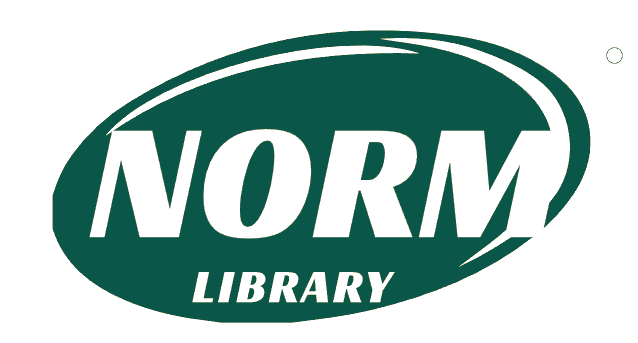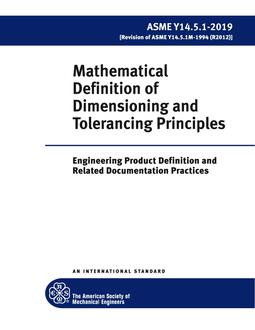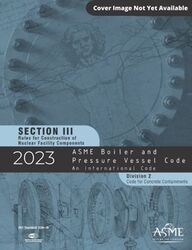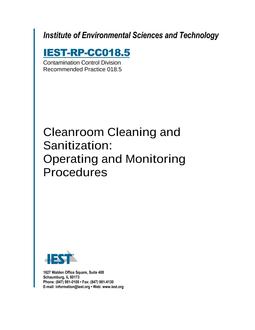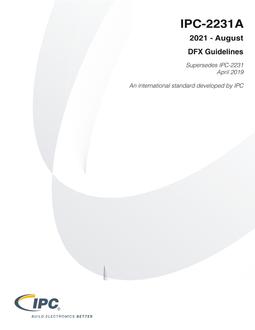
ASTM E336-97e1
Original price was: $60.00.$36.00Current price is: $36.00.
Standard Test Method for Measurement of Airborne Sound Insulation in Buildings
standard by ASTM International, 03/10/1997
1.1 Measures of Acoustical Insulation- This test method covers procedures for determining the sound insulation between two rooms in a building. The evaluation may be made including all paths by which sound is transmitted or attention may be focused only on the dividing partition. The word “partition” in this test method includes all types of walls, floors, or any other boundaries separating two spaces. The boundaries may be permanent, operable, or movable.
1.2 Application to Building Specifications:
1.2.1 Sound Transmission Class or Transmission Loss Specifications- Building specifications may require that partitions have a certain minimum sound transmission class (STC) or transmission losses (TL). When it is required to demonstrate that a specific partition in a finished building complies with such specifications, a test satisfying the requirements of Annex A1 will be required.
1.2.1.1 Measurements may be made in accordance with the main body of this test method and with the requirements in Annex A1 without taking any steps to eliminate flanking transmission along paths other than that through the common partition. Transmission loss values can then be calculated as though the partition in question were the only transmission path. These apparent transmission loss values give a lower limit for the performance of the partition. Clearly when these values exceed the specifications, no further investigation is needed. If the partition is apparently not in compliance, then the procedures described in Annex A2 to reduce flanking transmission should be followed and the partition re-tested.
1.2.2 Sound Isolation Specifications- where a building code specifies minimum values of noise isolation class (NIC) or normalized noise isolation class (NNIC), then only the procedures in the main body of the test method are necessary. Of the available single-number ratings, NNIC relates best to occupant satisfaction in an occupied building.
1.3 This standard does not purport to address all of the safety concerns, if any, associated with its use. It is the responsibility of the user of this standard to establish appropriate safety and health practices and determine the applicability of regulatory limitations prior to use.
Product Details
- Published:
- 03/10/1997
- Number of Pages:
- 10
- File Size:
- 1 file , 100 KB
- Note:
- This product is unavailable in Russia, Ukraine, Belarus
